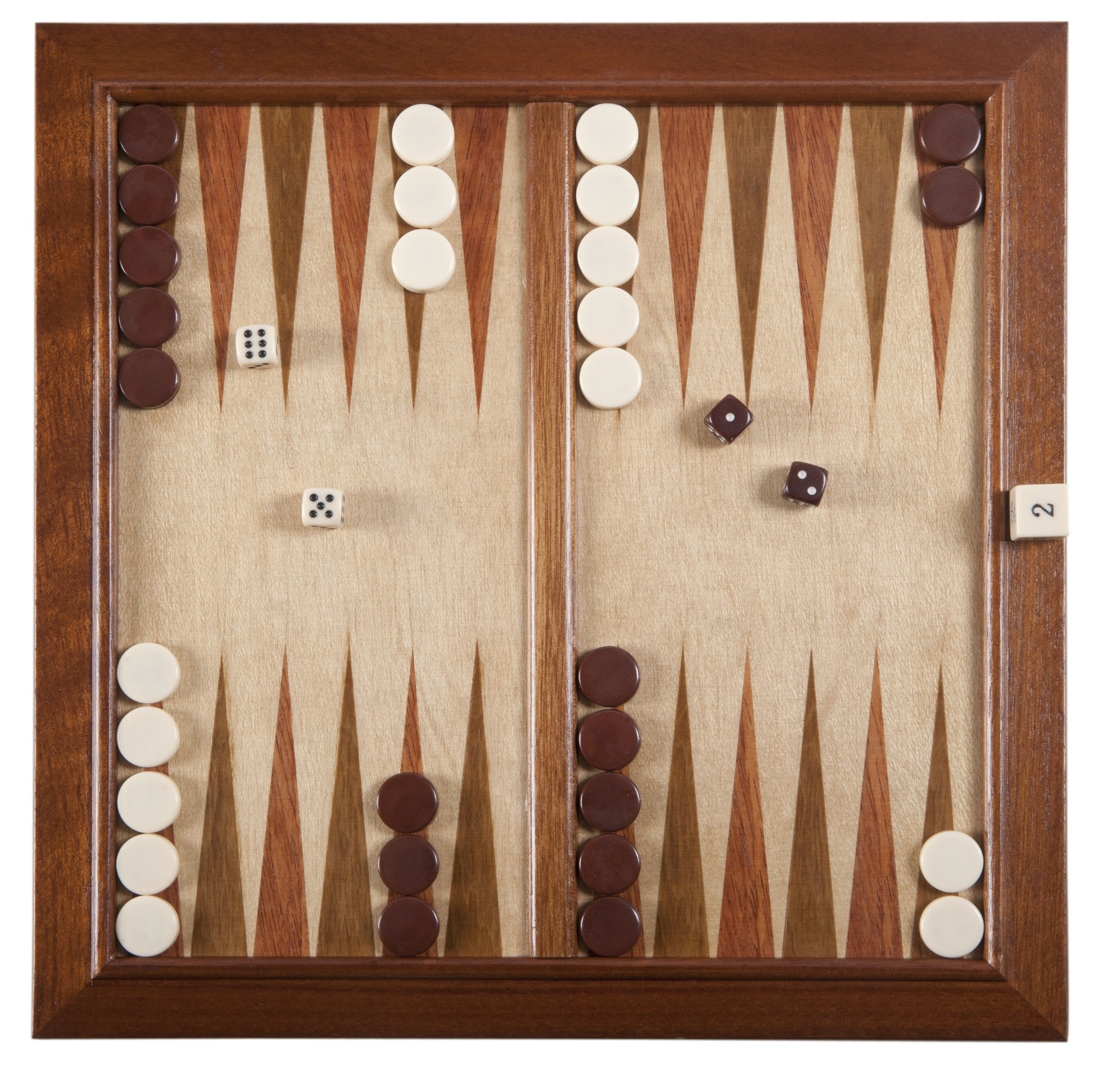Mastering Backgammon: Essential Strategies for Beginners
Understanding the Basics of Backgammon
Backgammon is a timeless game that combines elements of strategy, probability, and luck. For those just starting out, understanding the board setup and basic gameplay is essential. Each player has 15 pieces, known as checkers, which move across 24 triangles, called points. The objective is to move all your checkers into your home board and then bear them off before your opponent does.

The game starts with each player rolling two dice. The player with the higher roll goes first, using the numbers shown on both dice to move their checkers. If both players roll the same number, they roll again. This initial roll is crucial as it sets the tone for your strategy and positional play.
Opening Moves: Setting the Stage
Your opening moves in backgammon can significantly impact the game's outcome. The initial roll should be used to either build a strong home board or to establish a blockade against your opponent. Some common opening moves include splitting your back checkers to create more options or advancing your anchor points to control key areas of the board.
One effective strategy is to create a prime, which is a sequence of six consecutive occupied points. A prime can trap your opponent's checkers and limit their movement, offering you a strategic advantage. It's important to balance offense and defense in your opening moves to build a strong foundation for the rest of the game.

Mid-Game Tactics: Gaining Control
As the game progresses, focus shifts to controlling the middle of the board and executing tactical moves. During this phase, you'll want to look for opportunities to hit your opponent's blots (single checkers on a point) while avoiding leaving your own vulnerable. Hitting a blot sends it to the bar, and it must be re-entered into the opponent's home board, costing them precious moves.
It's also critical to maintain flexibility in your checkers' positions. This flexibility allows you to adapt to the changing dynamics of the game and respond effectively to your opponent's strategy. Bear in mind that building a strong home board limits your opponent's re-entry options when you hit their blots.
End-Game Strategy: Bearing Off
The end game in backgammon is all about bearing off your checkers as efficiently as possible. When all of your checkers are in your home board, you can start removing them based on the numbers rolled on your dice. It's important to keep your distribution even across your home board to maximize bearing-off opportunities.

A common mistake among beginners is leaving gaps in their home board during the bear-off phase. This can lead to missed opportunities to remove checkers and can give your opponent a chance to catch up. Always aim to have checkers on every point in your home board if possible, ensuring each dice roll contributes to bearing off a checker.
Practice Makes Perfect
Mastering backgammon requires practice and patience. Playing regularly helps you recognize patterns, understand probabilities, and refine your strategies. Online platforms and local clubs offer great opportunities for beginners to practice against different opponents and improve their skills.
One effective way to enhance your game is by studying openings, mid-game tactics, and end-game strategies used by experienced players. Observing how seasoned players handle different scenarios can provide valuable insights that you can incorporate into your gameplay.

Conclusion: Enjoying the Journey
Remember that backgammon is not only a game of skill but also one of enjoyment and social interaction. Whether playing with friends or competing in tournaments, the thrill of backgammon comes from its blend of strategic depth and exciting unpredictability.
So, embrace each game as an opportunity to learn and grow as a player. With time and dedication, you'll find yourself mastering backgammon's essential strategies and enjoying every moment of this captivating game.
